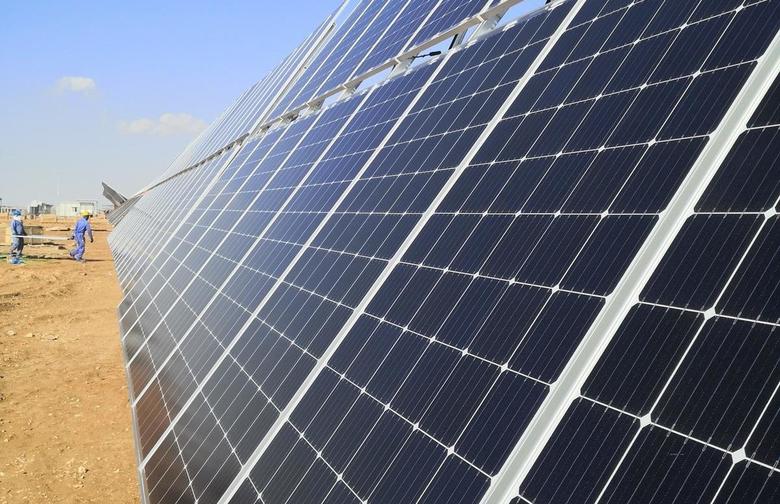
BIFACIAL SOLAR POWER

By Nevelyn Black Writer Independent
ENERGYCENTRAL- Chinese panel maker Trina Solar, has launched two new PERC monocrystalline bifacial solar modules, each with a reported power output of 500 W. These game-changing panels don’t come cheap but promise to generate more power and cost more upfront. Solar accounted for 40% of all new electric generating capacity in the United States in 2019, its highest share ever and more than any other source of electricity, with 13.3 GW installed. “Even as tariffs have slowed our growth, we’ve always said that the solar industry is resilient, and this report demonstrates that,” said Abigail Ross Hopper, president and CEO of SEIA. SEIA and Wood Mackenzie are closely monitoring changes to the industry as a result of the COVID-19 pandemic.
Should utilities consider investing now or wait for NREL to complete their 3-year study on bifacial solar panels? NREL estimates that a bifacial solar panel costs about 10% more than its one-sided equivalent. Will the study convince investors they’re worth the upfront cost? “NREL researchers anticipate new data will remove barriers to advancing the cutting-edge technology by providing information and best practices that increase installation efficiency, reduce costs, and improve durability.”
Traditional solar modules convert light to electricity using photovoltaic (PV) cells on the top side of the panels. The study, already one year in, will evaluate bifacial modules that collect light on both sides of a panel while also following the sun throughout the day. Early results show a significant boost from the bifacial panels. Data from June through November 2019 revealed up to a 9% gain in energy production using bifacial panels, compared to their one-sided panels. Exceeding their expectations, Chris Deline, NREL Researcher and Principal Investigator on the study said ”Compared with initial simulations, we're actually getting more energy out than what was modelled.” The team tested the albedo (light reflecting from a surface) using various materials, including natural vegetation, crushed rock, and weed barriers. It turns out snow cover was the most promising. However, convincing investors to invest in bifacial solar panels in non-snowy areas is directly connected to how well they are able to maximize ground albedo. "By publishing on this, solar installers are going to see better terms on financing," Deline said. He concluded, "Utilities are going to bring more consistent, renewable, and affordable energy into their generation mix."
Trina Solar’s bifacial module delivers anywhere between 5%-30% more power from the backside sheet. “The technology makes a lot of sense for utility-scale projects,” Govind Kant of Trina Solar said. He concedes that bifacial has been slow to take off in Australia due to concerns about modelling and financial returns, but believes anxiety has dissipated with more bifacial projects coming online.
-----
This thought leadership article was originally shared with Energy Central's Clean Power Community Group. The communities are a place where professionals in the power industry can share, learn and connect in a collaborative environment. Join the Clean Power Community today and learn from others who work in the industry.
-----












